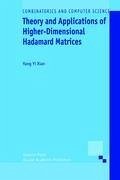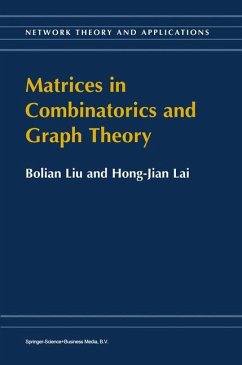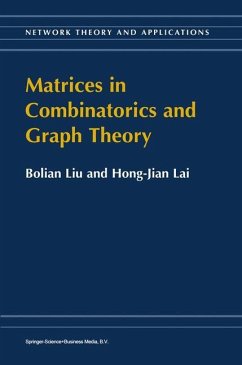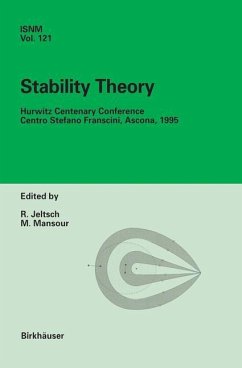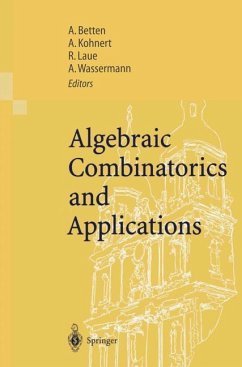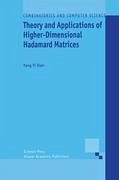
Theory and Applications of Higher-Dimensional Hadamard Matrices

PAYBACK Punkte
19 °P sammeln!
This is the first book on higher dimensional Hadamard matrices and their applications in telecommunications and information security. It is divided into three parts according to the dimensions of the Hadamard matrices treated. The first part stresses the classical 2-dimensional Walsh and Hadamard matrices. Fast algorithms, updated constructions, existence results, and their generalised forms are presented. The second part deals with the lower-dimensional cases, e.g. 3-, 4-, and 6-dimensional Walsh and Hadamard matrices and transforms. One of the aims of this part is to simplify moving smoothly...
This is the first book on higher dimensional Hadamard matrices and their applications in telecommunications and information security. It is divided into three parts according to the dimensions of the Hadamard matrices treated. The first part stresses the classical 2-dimensional Walsh and Hadamard matrices. Fast algorithms, updated constructions, existence results, and their generalised forms are presented. The second part deals with the lower-dimensional cases, e.g. 3-, 4-, and 6-dimensional Walsh and Hadamard matrices and transforms. One of the aims of this part is to simplify moving smoothly from 2-dimensional cases to the general higher-dimensional cases. This part concentrates on the 3-dimensional Hadamard and Walsh matrices. Constructions based upon direct multiplication, and upon recursive methods, and perfect binary arrays are also introduced. Another important topic is the existence and construction of 3-dimensional Hadamard matrices of orders 4k and 4k + 2 respectively, and a group of transforms based on 2-, 3-, 4-, and 6-dimensional Walsh-Hadamard matrices and their corresponding fast algorithms. The third part is the key part, which investigates the N-dimensional Hadamard matrices of order 2, which have been proved equivalent to the well-known H-Boolean functions and the perfect binary arrays of order 2. This equivalence motivates a group of perfect results about the enumeration of higher-dimensional Hadamard matrices of order 2. Applications of these matrices to feed forward networking, stream cipher, Bent functions, and error correction codes are presented in turn. After introducing the definitions of the regular, proper, improper, and generalised higher-dimensional Hadamard matrices, many theorems about the existence and constructions are presented. Perfect binary arrays, generalised perfect arrays, and the orthogonal designs are also used to construct new higher-dimensional Hadamard matrices. The many open problems in the study of the theory of higher-dimensional Hadamard matrices, which are also listed in the book, will encourage further research. Audience: This volume will appeal to researchers and graduate students whose work involves signal processing, coding, information security, and applied discrete mathematics.





